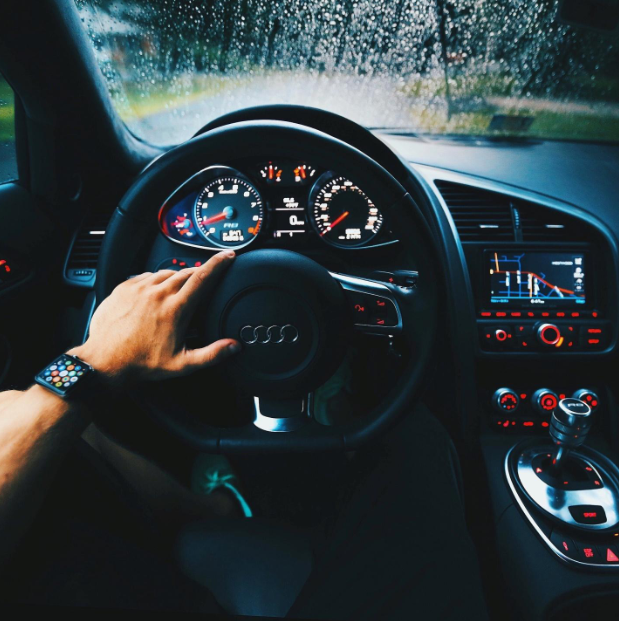
It’s entirely possible to find a vehicle free from any major issues even if it’s used, but it has something to do with luck – and doing the proper research. When you know how to spot future problems and how to determine a vehicle’s usefulness in the next few years, you can save a lot on your used car purchase, both during and after – usually when prospective issues crop up. For many of us, purchasing a used vehicle entails a personal visit – even if you saw the car on a website of a dealership or a private seller, it still pays to look at it face to face to know if you are getting a good deal or not. So first things first – how can you inspect and evaluate a used car – even if you’re not an expert? Let’s find out.
Inspect it as carefully as possible
Regardless of who is selling the vehicle – no matter if it’s a private seller or a dealership such as used car Utah specialists like Young Automotive – always inspect the car inside and out before signing any paperwork. One of the first things you should do is ask if you can do your inspection in broad daylight. If it’s a dry day, so much the better. The vehicle should also be displayed and parked on a surface that’s even and level, and nobody should drive it for an hour or so before being inspected.
The exterior
- The body
For the exterior, start with the condition of the body. Assess every panel carefully, and inspect the roof, noting down any dents, rust, and scratches. Be mindful of significant gaps in the panels, which can signify sloppy repair. The finish and colour of the paint should be the same throughout. Check the vehicle for any signs of rust – especially underneath the doors, the wheel well, and the bottoms of the doors. Make it a point to close and open each door, the trunk, and the hood. If any doors look loose, the vehicle has seen harsh use. Next, check the rubber seals and see if they are rotting or torn.
- The suspension and tires
Make sure to walk around the vehicle and push down on every side. If the car’s shock absorbers are well and good, the vehicle should make a rebound only one time. When it comes to the tires, a lot can be said. For instance, a fairly new car (less than 20k miles) should still have its original tires. Watch out if the vehicle has new tires and low mileage. If the tires have different brands, ask the seller why the tires were replaced.
The interior
- The odour
If the vehicle has an odour, you need to check with the seller what is causing that odour – and how best to deal with it. For example, a mildewy, mouldy, or musty smell could be a sign of a leak. On the other hand, if there is an acrid, unpleasant smell, it can be a sign of a smoker, and certain odours – such as smoke and mould – can be difficult to dispel.
- The seats and instruments
Check that all the seats are comfortable, and the upholstery should show no tears or rips. Then, find a good position for driving. Check that the warning lights turn on and off once you start the engine, and don’t forget to try every button, lever, and switch.
